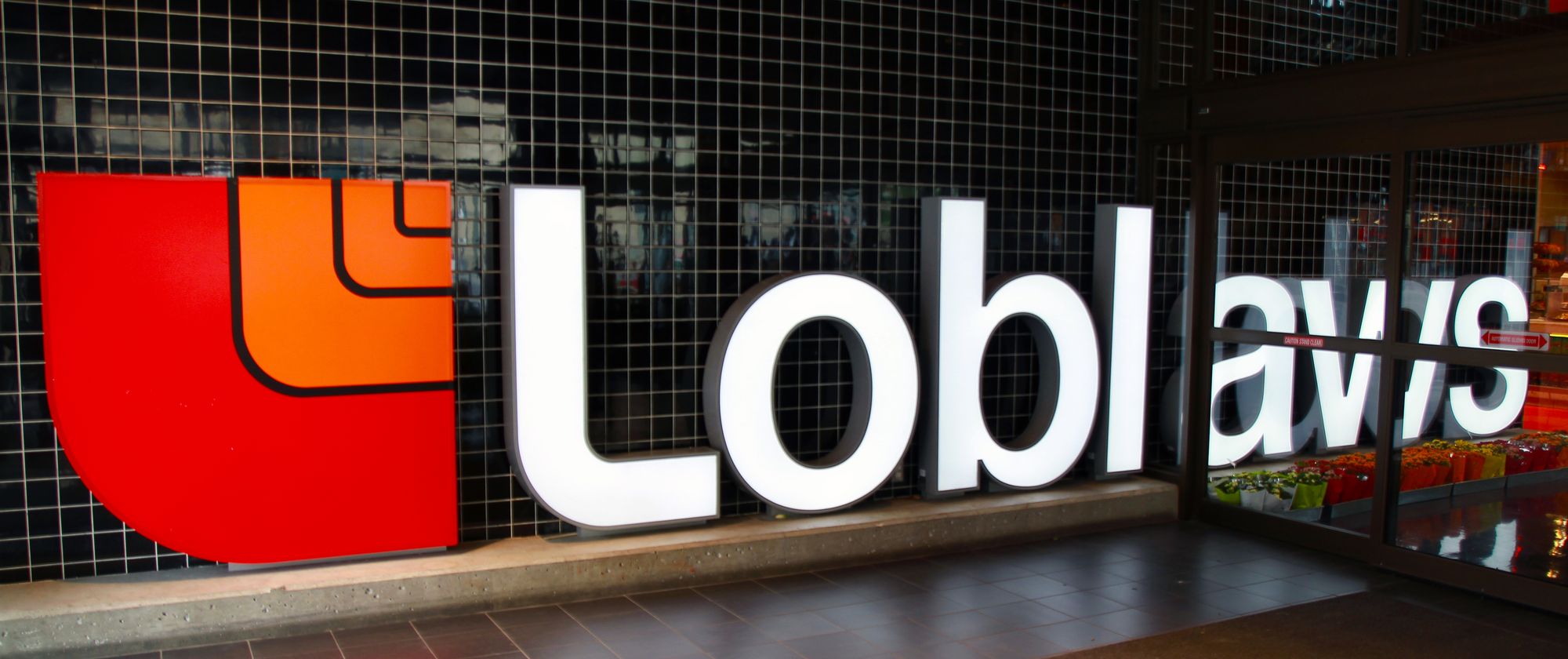Grocery Prices Soar: Inflation's New High

Table of Contents
Understanding the Inflationary Pressure on Grocery Costs
Rising Production Costs
The escalating cost of producing food is a primary driver of inflation in grocery prices. Farmers and manufacturers are facing significant increases across the board.
- Fuel Costs: The price of fuel, crucial for transportation of goods from farm to table, has skyrocketed, significantly impacting the final cost of groceries. A recent study showed a 30% increase in fuel costs for agricultural transportation in the last year.
- Fertilizer Costs: The cost of fertilizers, essential for crop production, has more than doubled in some regions, leading to higher production costs for farmers and ultimately higher prices for consumers.
- Packaging Costs: The price of packaging materials, from cardboard boxes to plastic containers, has also seen substantial increases due to rising raw material costs and increased demand.
- Labor Costs: Wage increases, while necessary for workers, contribute to higher overall production costs, leading to a ripple effect on grocery prices. The rising minimum wage in many areas is a contributing factor.
- Supply Chain Disruptions: Ongoing global supply chain issues continue to create bottlenecks, increasing transportation costs and limiting the availability of certain goods, thus driving up prices.
Global Food Shortages & Geopolitical Instability
Global events significantly impact food availability and prices.
- War in Ukraine: The ongoing conflict in Ukraine, a major exporter of wheat and other grains, has severely disrupted global food supplies, leading to significant price increases in various commodities.
- Climate Change: Extreme weather events, such as droughts and floods, are becoming more frequent and intense, reducing crop yields and impacting food production globally.
- Import/Export Costs: Increased transportation costs and trade restrictions further exacerbate the situation, making imported goods more expensive.
- Market Speculation: Market speculation and volatility play a role in driving up prices, as traders anticipate future shortages and adjust their pricing accordingly.
The Impact on Consumers and Different Demographics
Increased Burden on Low-Income Households
Rising grocery prices disproportionately affect low-income households, who already allocate a larger percentage of their income to food.
- Food Insecurity: The increase in grocery prices is pushing more families into food insecurity, meaning they lack consistent access to adequate food. Recent statistics indicate a sharp rise in food bank usage.
- Reduced Access to Nutritious Food: Higher prices often lead to families substituting cheaper, less nutritious food options, impacting overall health and well-being.
- Government Assistance: Many low-income families rely on government assistance programs, but these programs often struggle to keep up with the rapid pace of inflation.
Changes in Consumer Behavior
Consumers are adapting to the higher prices in various ways:
- Reduced Spending: Many consumers are reducing their overall grocery spending, carefully choosing what they buy and limiting non-essential items.
- Switching Brands: Consumers are increasingly switching to cheaper store brands or generic products to reduce their overall cost.
- Less Eating Out: The rise in grocery prices has led to a reduction in eating out, as individuals opt for cooking at home to save money.
- Decreased Consumer Confidence: The rising cost of living, particularly grocery prices, has negatively impacted consumer confidence and overall spending.
Strategies for Managing Rising Grocery Costs
Budgeting and Meal Planning
Effective budgeting and meal planning are crucial for managing rising grocery costs.
- Create a Grocery Budget: Allocate a specific amount for groceries each week or month and stick to it. Use budgeting apps or spreadsheets to track your spending.
- Meal Planning: Plan your meals for the week and create a shopping list based on those plans to avoid impulse purchases.
- Reduce Food Waste: Properly store food, use leftovers creatively, and compost food scraps to minimize waste.
- Compare Prices: Compare prices between different stores and brands to find the best deals.
- Utilize Coupons and Sales: Take advantage of coupons, discounts, and sales to save money.
Smart Shopping Techniques
Smart shopping strategies can significantly impact your grocery budget.
- Store Loyalty Programs: Sign up for store loyalty programs to earn points or discounts.
- Shop at Discount Stores: Consider shopping at discount grocery stores or warehouse clubs for bulk purchases.
- Buy in Bulk (When Appropriate): Buying in bulk can be cost-effective for non-perishable items you use regularly.
- Farmers' Markets and CSAs: Explore local farmers' markets or Community Supported Agriculture (CSA) programs for fresh, seasonal produce at potentially lower prices.
- Cook at Home: Cooking at home is almost always cheaper than eating out.
Conclusion
The soaring grocery prices, fueled by rising production costs, global food shortages, and geopolitical instability, are significantly impacting consumers, particularly low-income households. The increased burden on families necessitates proactive measures to manage grocery expenses. Don't let soaring grocery prices control your finances. Use these tips to effectively budget, plan your meals, and shop smarter to navigate this period of high inflation. Download our free budgeting worksheet [link to worksheet] to take control of your grocery spending and effectively manage grocery inflation. Remember, tackling high grocery prices requires a multi-pronged approach combining smart budgeting and savvy shopping techniques.

Featured Posts
-
 Investing In Core Weave A Guide To The Current Market Situation
May 22, 2025
Investing In Core Weave A Guide To The Current Market Situation
May 22, 2025 -
 Confirmation John Lithgow And Jimmy Smits Back For Dexter Resurrection
May 22, 2025
Confirmation John Lithgow And Jimmy Smits Back For Dexter Resurrection
May 22, 2025 -
 Historic New York Concert Vybz Kartels Highly Anticipated Performance
May 22, 2025
Historic New York Concert Vybz Kartels Highly Anticipated Performance
May 22, 2025 -
 2002 Submarine Bribery Case French Prosecutors Name Malaysias Ex Pm Najib Razak
May 22, 2025
2002 Submarine Bribery Case French Prosecutors Name Malaysias Ex Pm Najib Razak
May 22, 2025 -
 L Architecture Toscane De Nom De La Ville Une Surprise Italienne A L Ouest
May 22, 2025
L Architecture Toscane De Nom De La Ville Une Surprise Italienne A L Ouest
May 22, 2025
